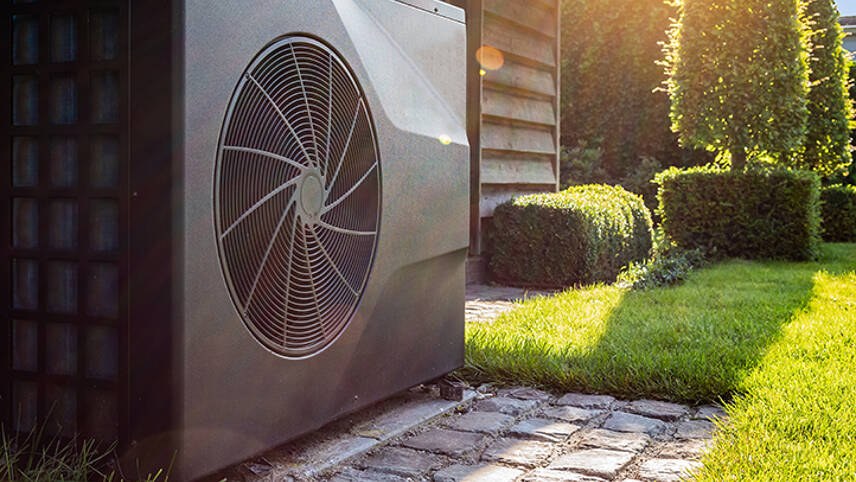Register for free and continue reading
Join our growing army of changemakers and get unlimited access to our premium content

This past summer in Europe, we witnessed unprecedented temperatures, breaking records across multiple countries, such as 41C in the UK, on July 19, an all-time high, and 35.6C in Denmark, the hottest day since 1941.
May recorded the hottest-ever temperatures for France and Spain, enduring spells above 40°C for several days at a time. The heatwave sparked a series of wildfires fueled by a drought that is still troubling the entire continent today (even though it’s early October now). Globally, it looks even worse. For example, in India, which we recently both visited, the ravaging effects of the heat wave in March resulted in death, starvation, and major power outages.
Cooling is no luxury, although you often get that impression from the media. Cooling as luxury should be seen as a relic from the past. And yet, there remains an alarming lack of understanding of the sheer impact of cooling. To put it bluntly, as mentioned in the latest Chilling Prospect report: One in every seven people are at risk from life-threatening temperatures or broken cold chains. Neither people nor the planet can afford inaction on sustainable cooling. And to put the numbers into a rounder figure: according to a study in The Lancet, approximately 500,000 people die from heat each year, and this figure will only increase as the world’s average temperature surges beyond 1.5°C and 2°C warming in the 2030s and 40s.
But that’s not the only problem…The food cold chain or lack thereof is perhaps the biggest paradox. Today, 13% of all food production is lost due to the lack of a cold chain. Just by fixing this problem, 950 million people could be fed. If you consider that currently 800 million people are undernourished, the numbers speak for themselves. Even the impact on climate is massive: if food loss and waste were a country, it would be the third biggest emitter of greenhouse gas emissions in the world. The challenge, specifically in the developing world: lack of awareness about the need for a cold chain and the hurdle of the initial investment cost, such as for cold rooms.
Space cooling raises another red flag. Since 2000, the demand for space cooling has been increasing by as much as 4% per year. It is the fastest-growing cause for energy use in buildings. According to the International Energy Agency (IEA), around 2 billion air conditioning units are in use worldwide now, with the vast majority in the US, China, and Japan. Now it is middle-income countries such as India, Indonesia and South Africa that are driving demand. And here is yet another paradox: the more air-conditioners that are in use, the more our city centers are heating up, leading to a vicious circle.
But it does not have to be like this. We can ensure the world has access to cooling and still becomes carbon neutral in 2050; we already have the technologies that make this goal possible.
One essential common denominator, both for space cooling and the cold chain, is electricity which is required to power cooling equipment. By ramping up renewable electricity production and by the timely adaptation and reduction of energy consumption, much of the sustainable gains in cooling capacity can be achieved.
As we face a worsening global energy and climate crisis, our leaders need to figure out how to stay warm or cool depending on season and geography. And as we are already confronted with explosive growth in cooling demand, the need for an expansion of the cold chain will and must increase alike with a growing population and economy. Cooling is not only necessary, but also one of the biggest societal opportunities of our time. It brings health, growth, and food security for the world’s population. We must take it seriously and do far more to spread sustainable, energy efficient and climate friendly technologies around the globe. If we fail in this task, that number of 500,000 a year will surely rise, year on year. We cannot allow this, and we don’t have to.



Please login or Register to leave a comment.